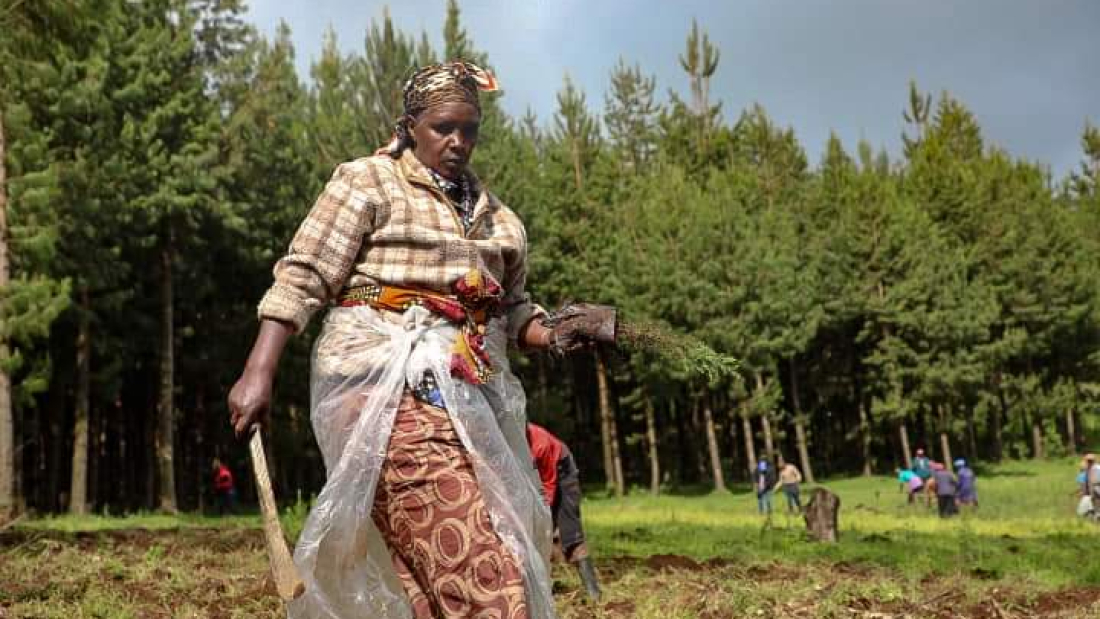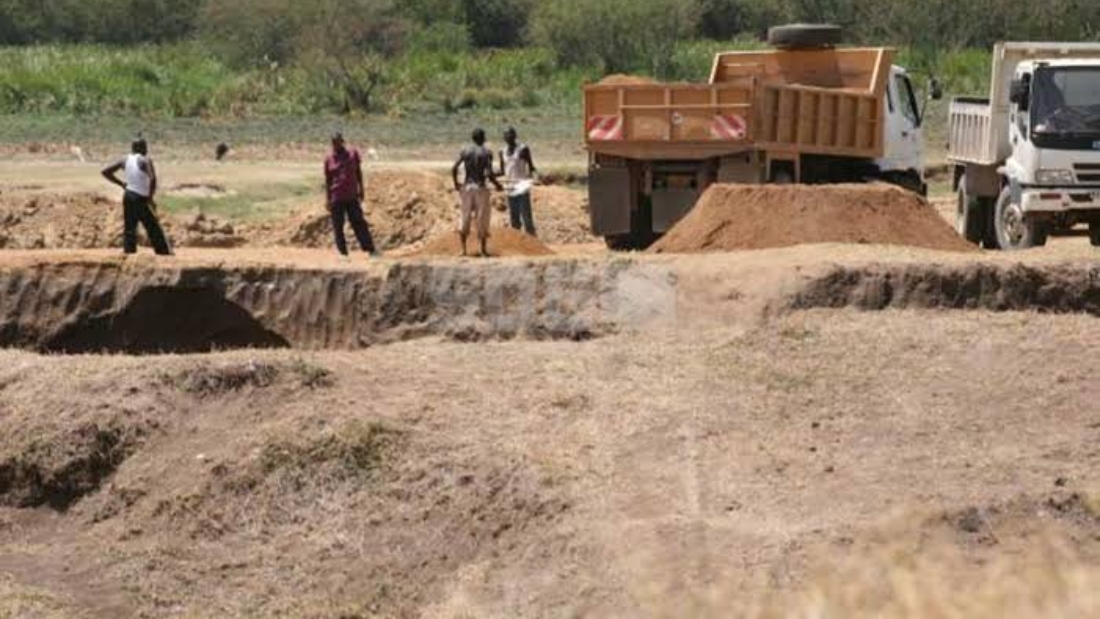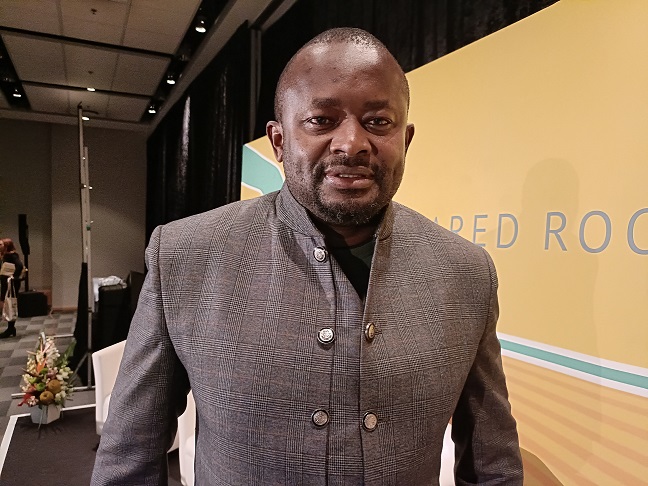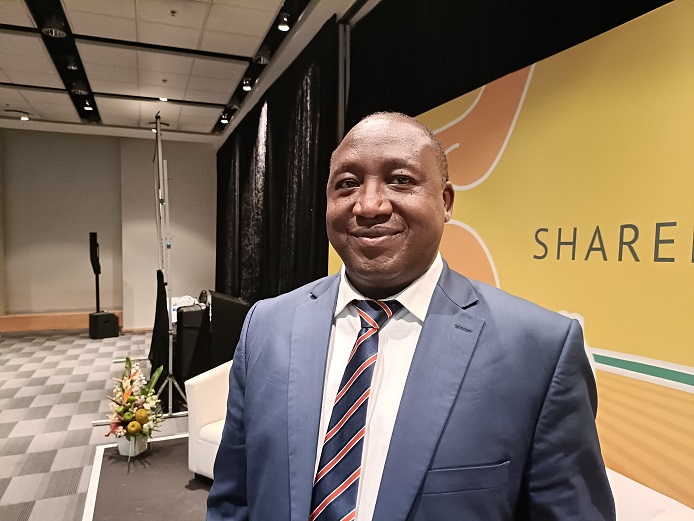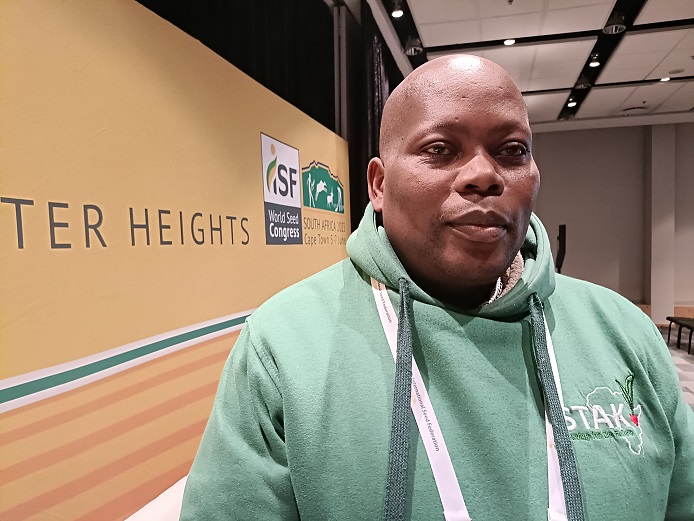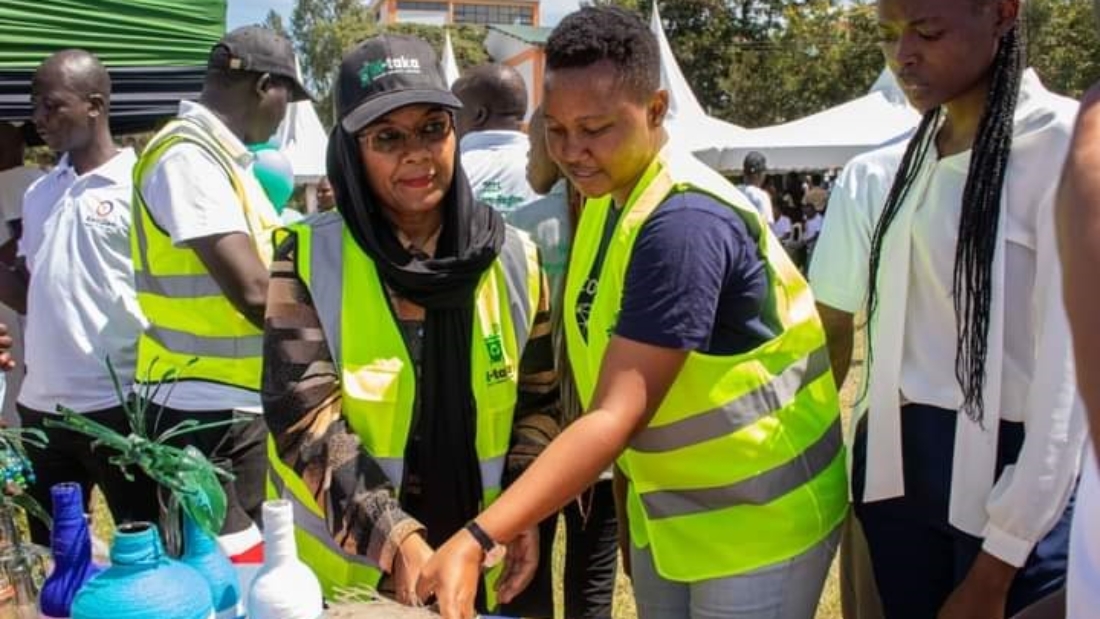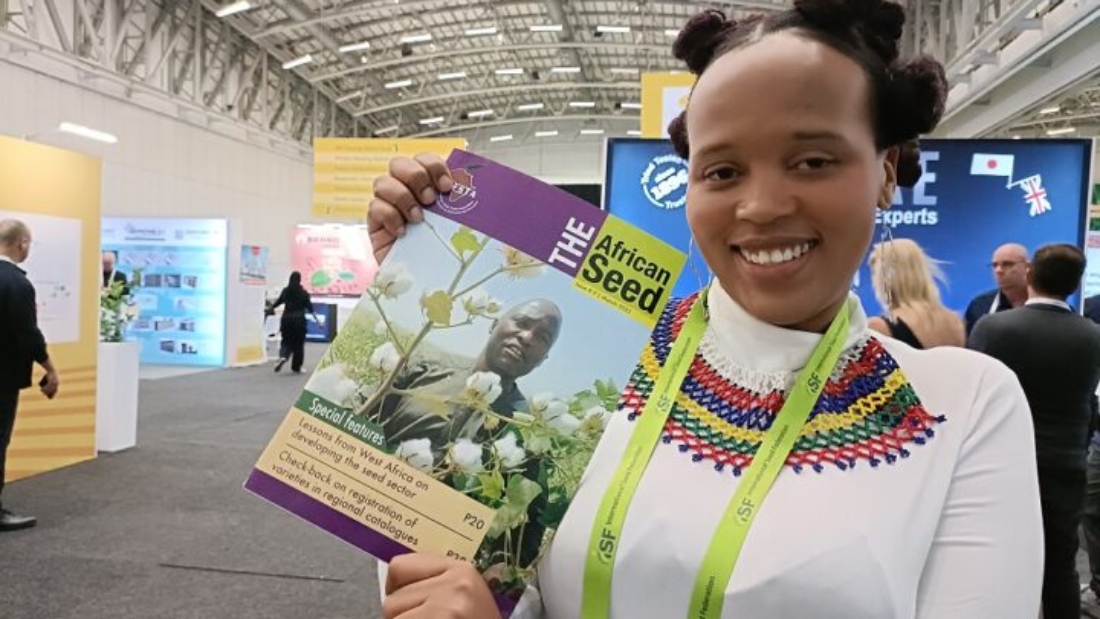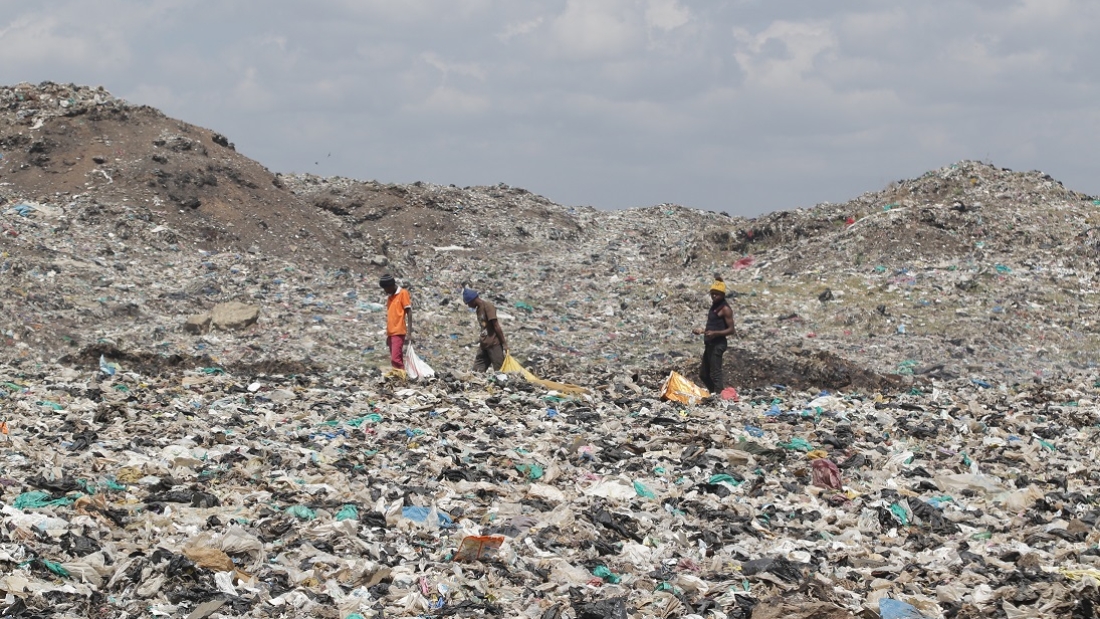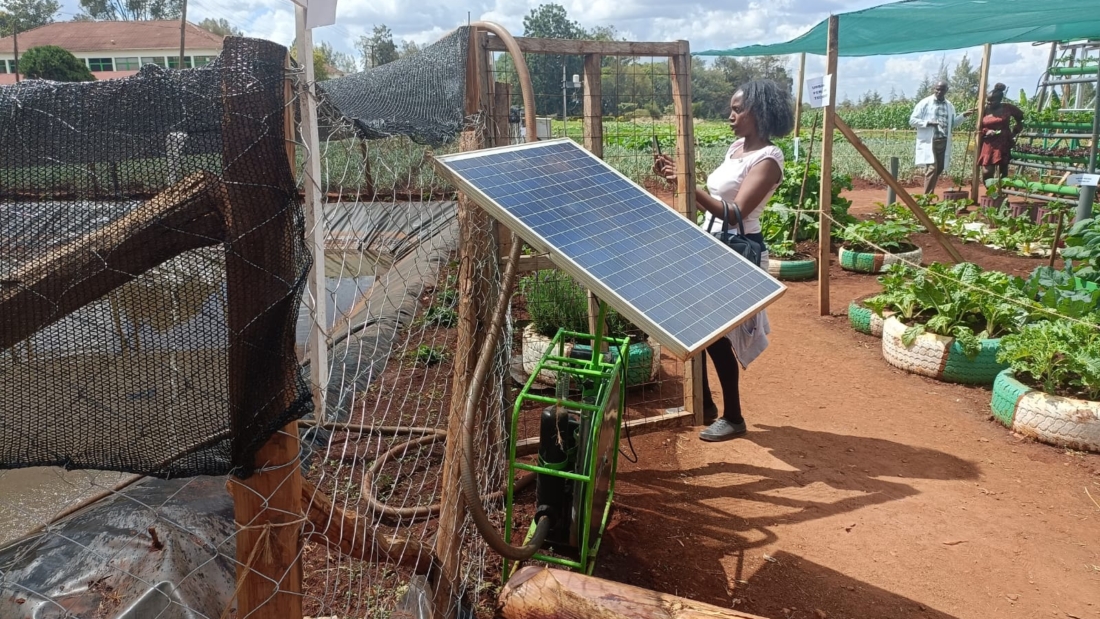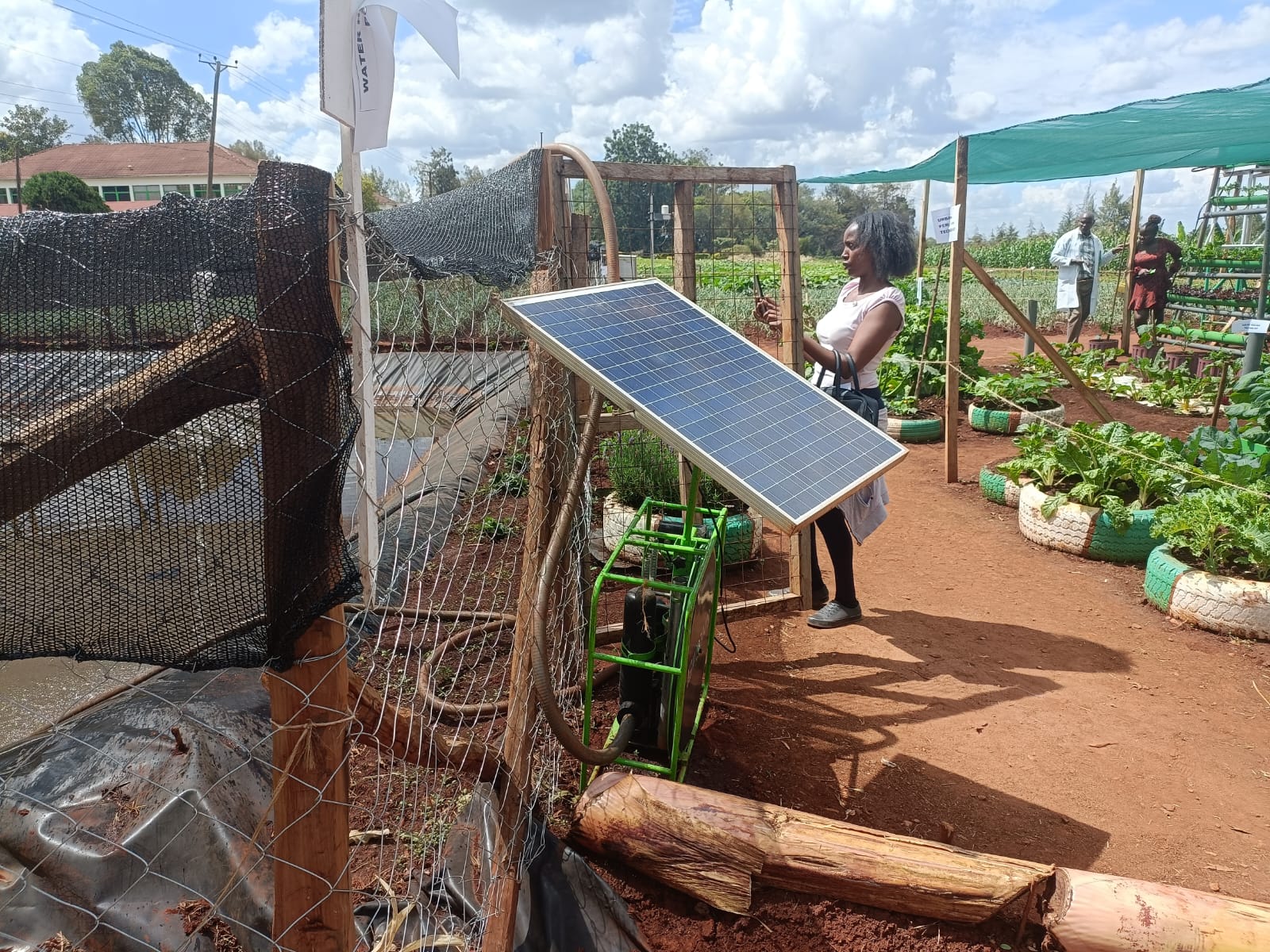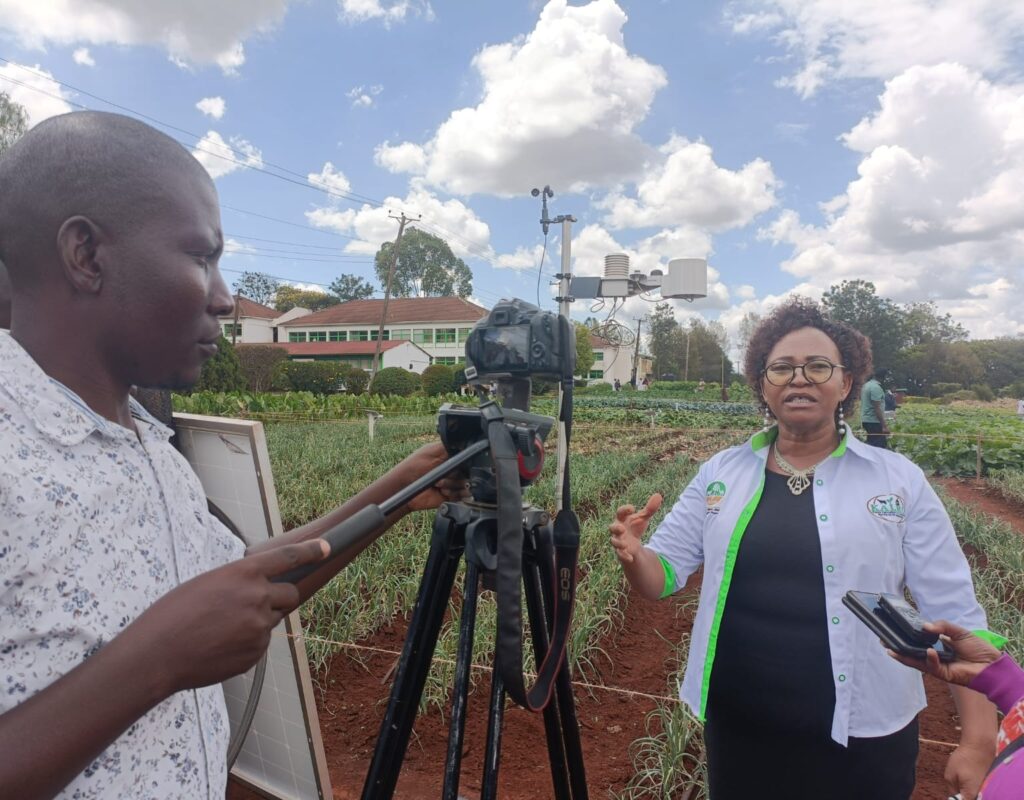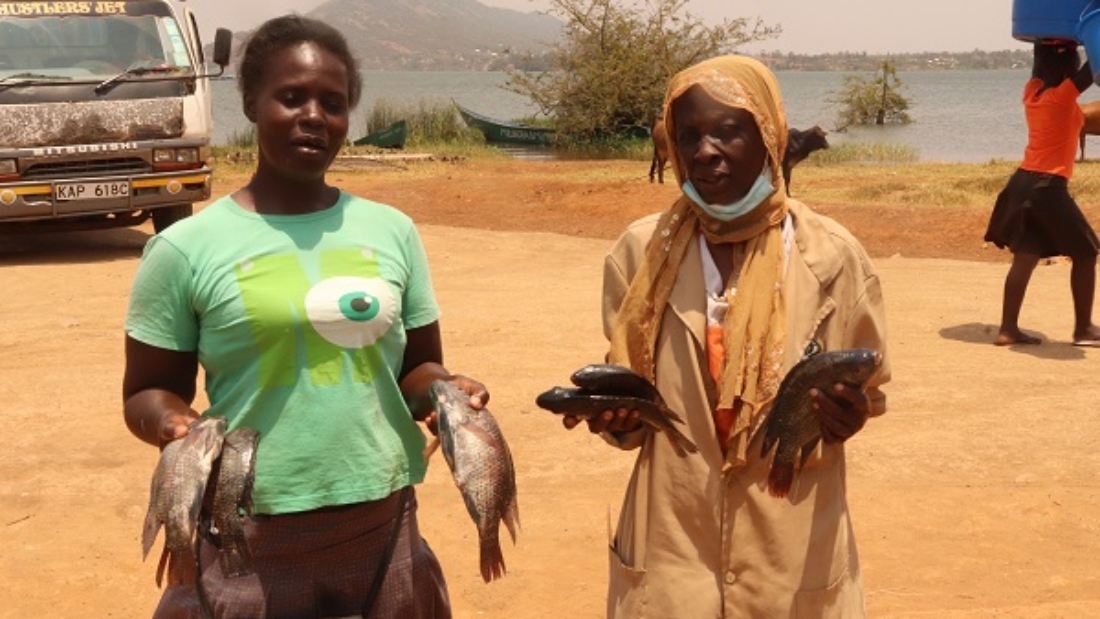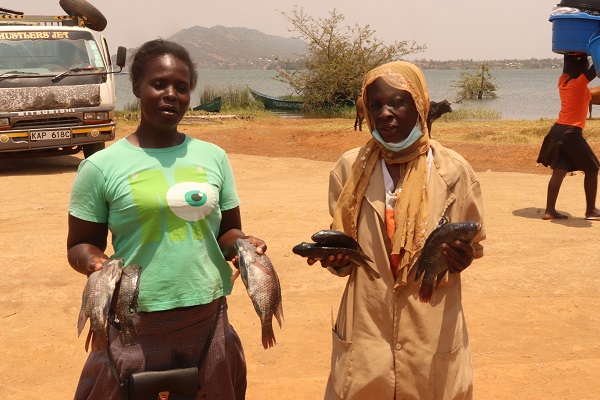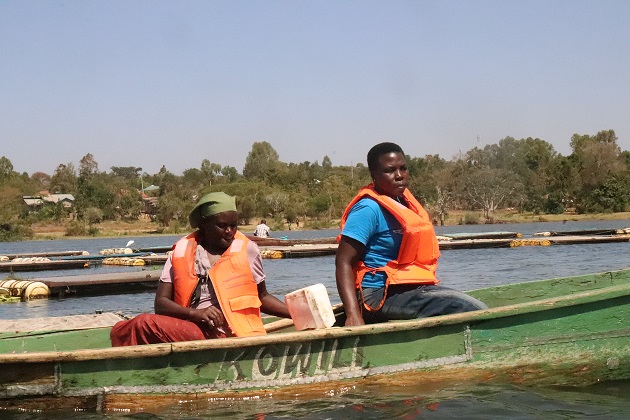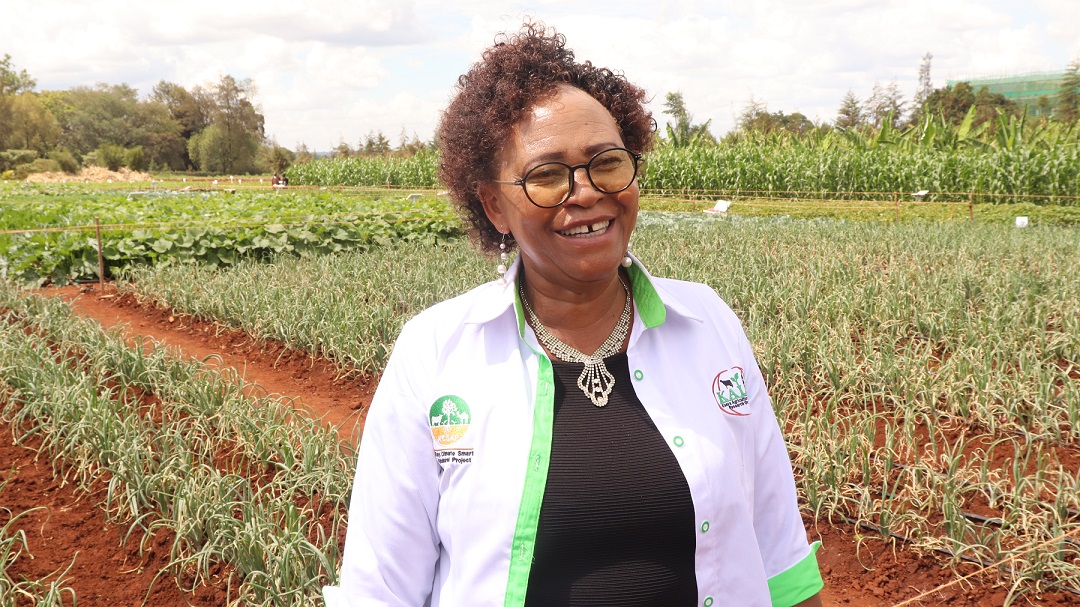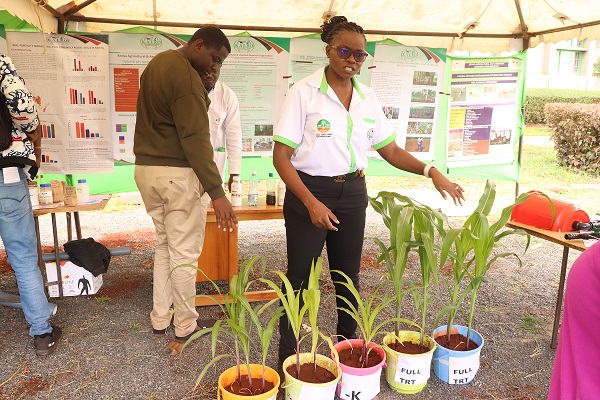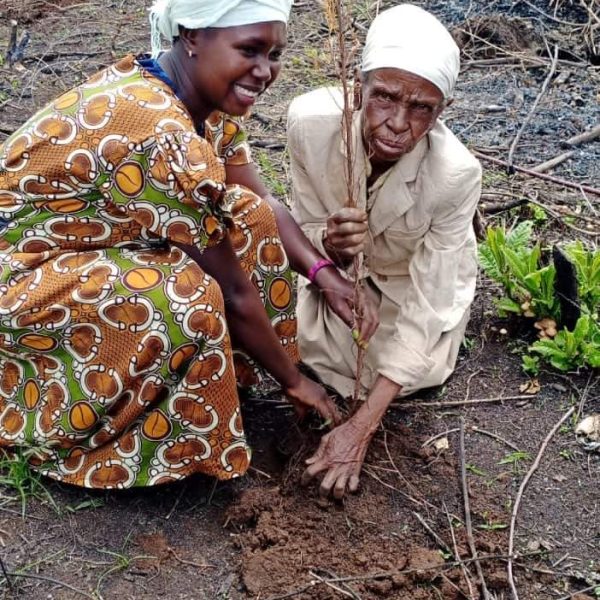
By Francis Mureithi I mureithifrancis1964@gmail.com
People with disability in Nakuru County situated in Kenya’s Rift Valley, are working through community forest associations to fight the negative effects of climate change.
Daniel Gathiru, a member of Menengai Community Forest Association, which is affiliated with the National Alliance of Community Forest Associations (NACOFA), says his community is integrated with people with disability in a bid to strengthen the fight against climate change.
“Persons with disability living within a radius of five kilometres from the forest boundary are highly affected by climate change because of their disability. People who are blind or with physical disability cannot go to collect firewood yet they need water, food and energy,” says Gathiru.
“For this reason, we incorporate them in our strategies to combat climate change to address the unique challenges they struggle to overcome daily.”
Menengai Community Forest Association, which is domiciled in Kiamaina Ward, has a membership of more than 700 out of which 50 are persons with disability.
Gathiru, who is also a climate change representative from Kiamaina Ward, is optimistic that in the next five or 10 years the Ward Climate Change Planning Committees will be a game changer in the 55 wards in Nakuru County.
“These committees will turn around the lifestyles of the most vulnerable people at the grassroots as they will have an opportunity to leverage issues related to climate change and upgrade their livelihoods. Their level of reliance on forests for firewood as a source of energy will dip as they will get money to develop alternative sources of energy,” he says.
The planning committees are expected to transform into a big business empire as they will get money that could be used to make energy-saving jikos, undertake value addition in fish farming, climate-smart agriculture, beekeeping and tree nurseries, and this is touted to have the possibility to translate to more money in their pockets and more food on their tables.
Stephen Obama, who represents people with disability in the Barut Ward Climate Change Committee, says he has many roles in the committee, including resource mobilisation, steering the committee as the chairperson, organising training sessions for community members and stakeholders within the ward, besides identifying projects that could fight climate change and improve livelihoods.
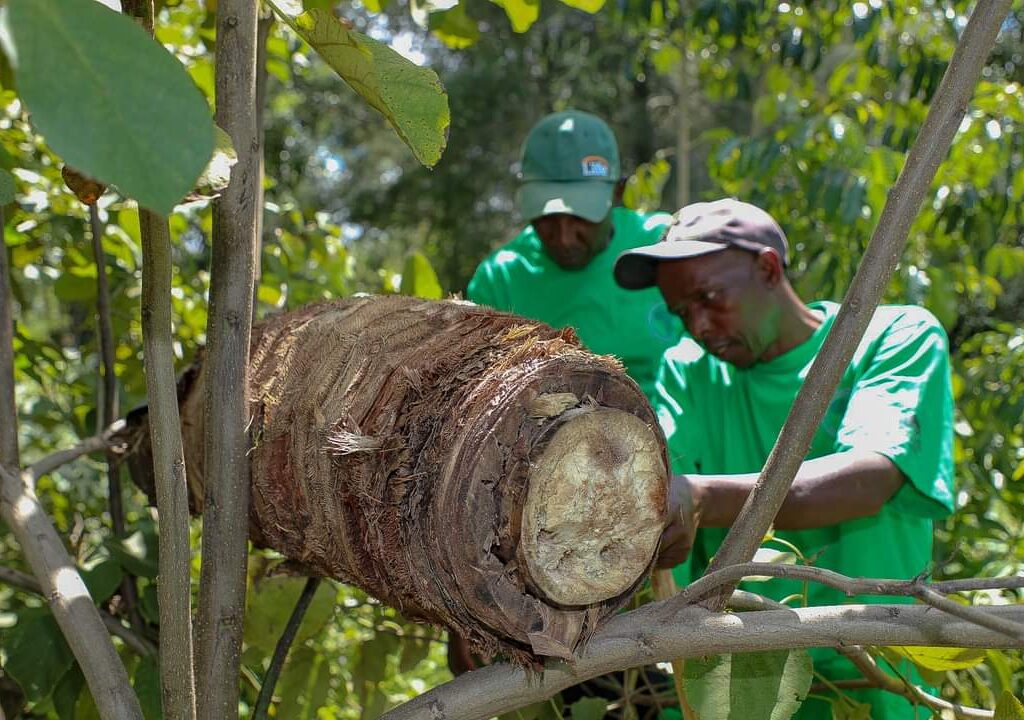
Mr Obama says his expertise and experience on matters of climate change is an added value to the committee.
“I try to make it easy for the committee to implement adaptation measures that affect members with disability,” he says.
The impact of climate change on persons with disability in Barut is evident as many have been displaced and their livestock swept by floods.
“Many members border Lake Nakuru National Park and when the water levels rose, at least five persons with disability were displaced and they have never returned home,” says Obama.
People with disability are also unable to do fishing in the overflowing waters due to insecurity and harassment.
“Some families of persons with disability have broken down as the breadwinners have no other source of income as they cannot do fishing,” said Mr Obama.

